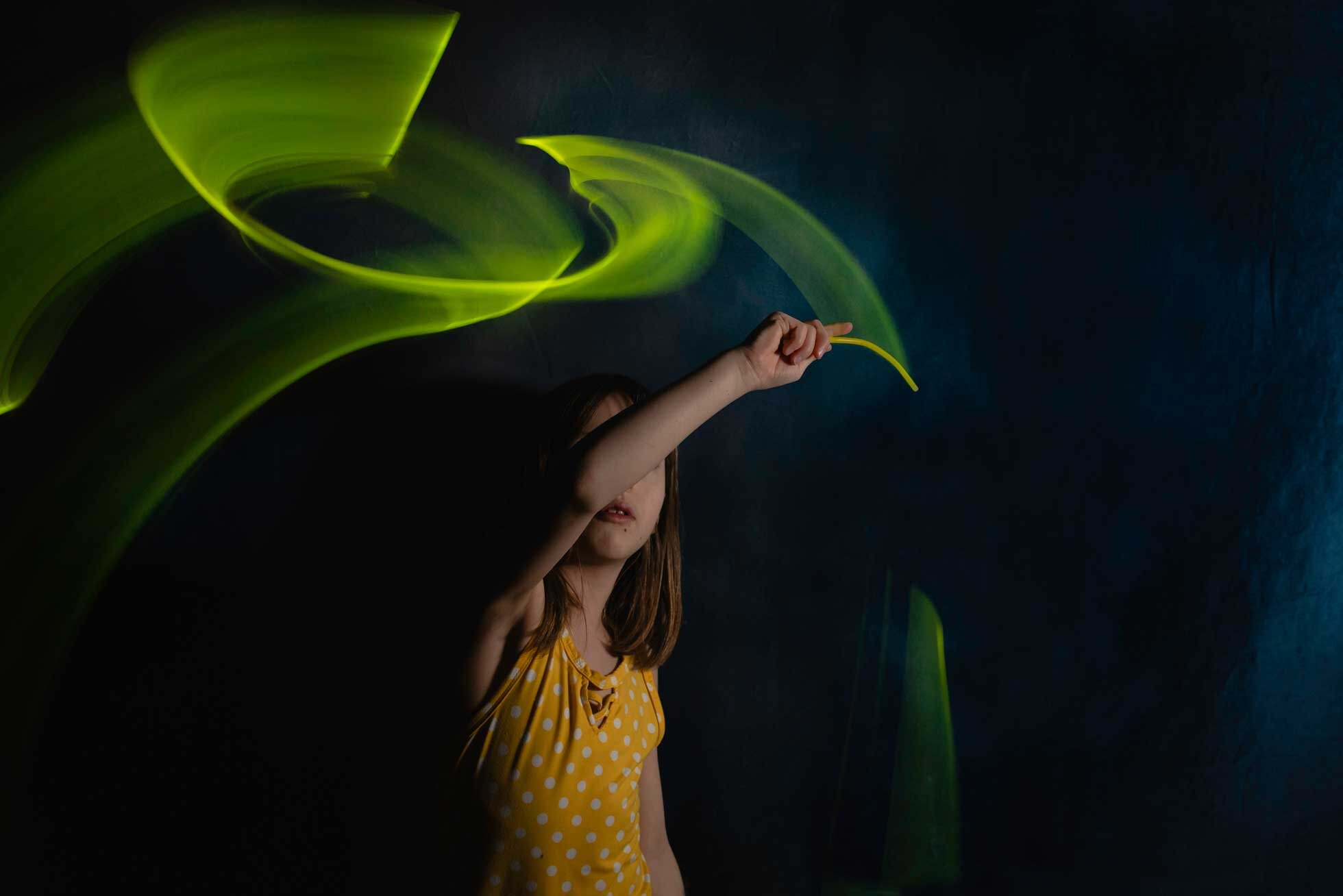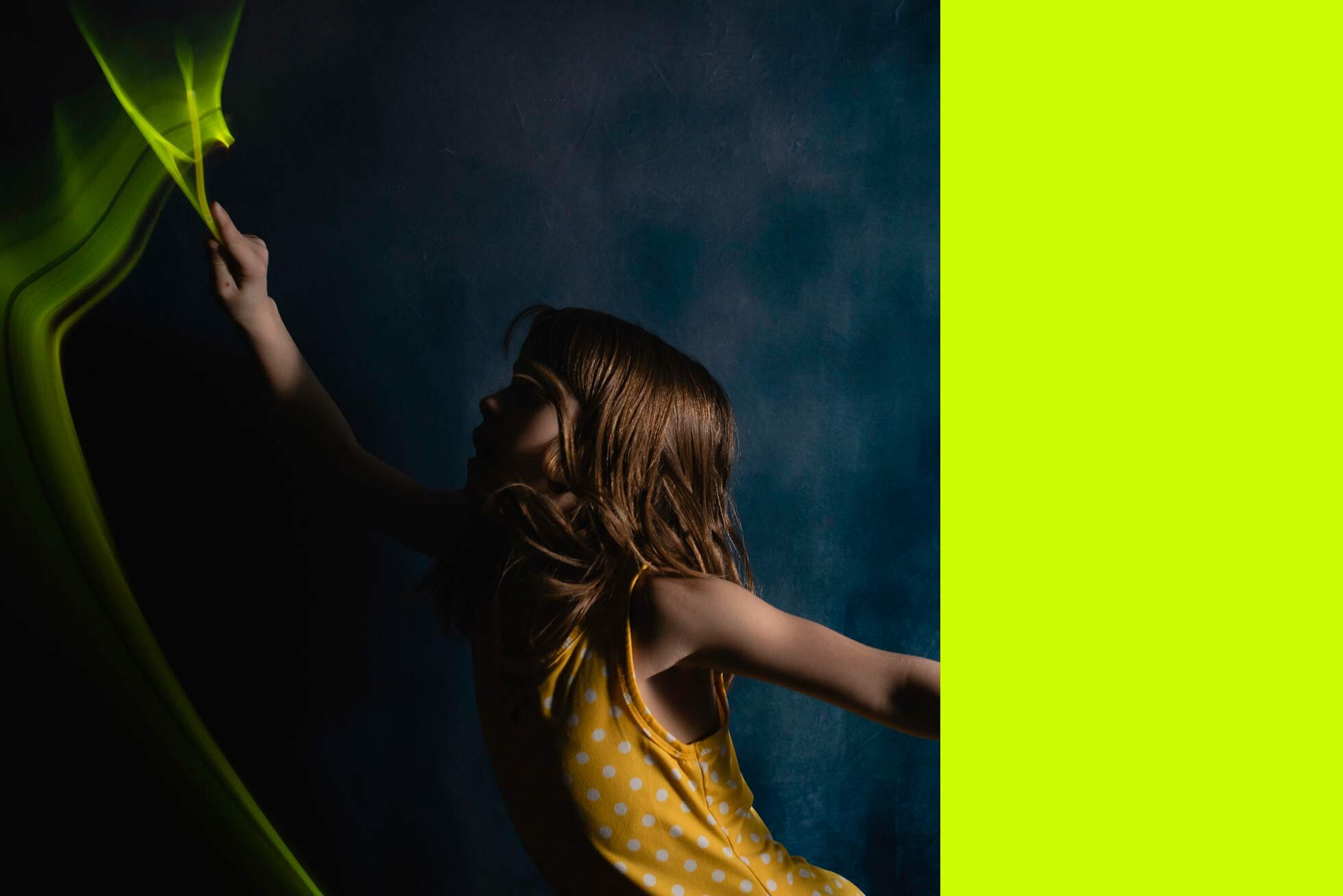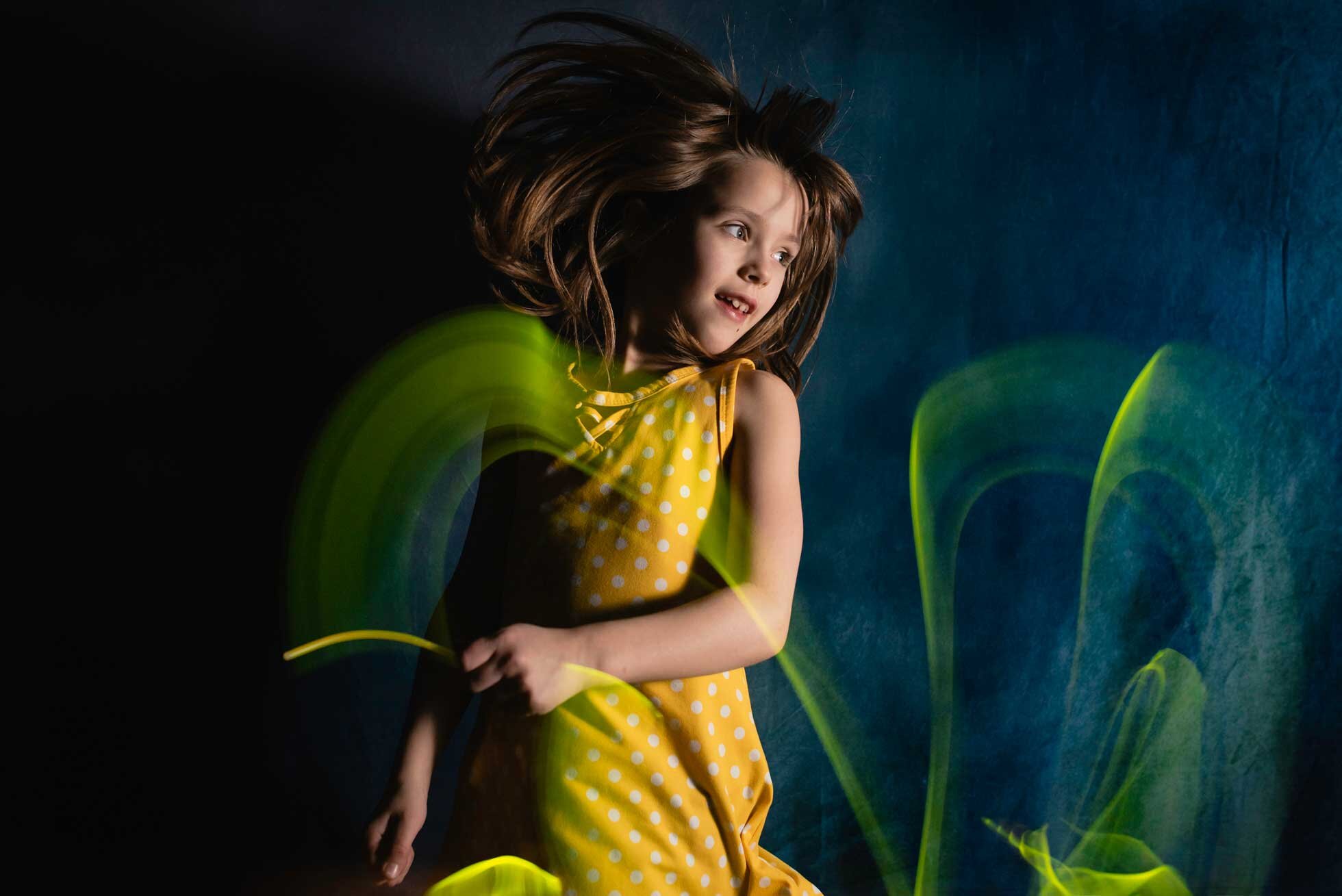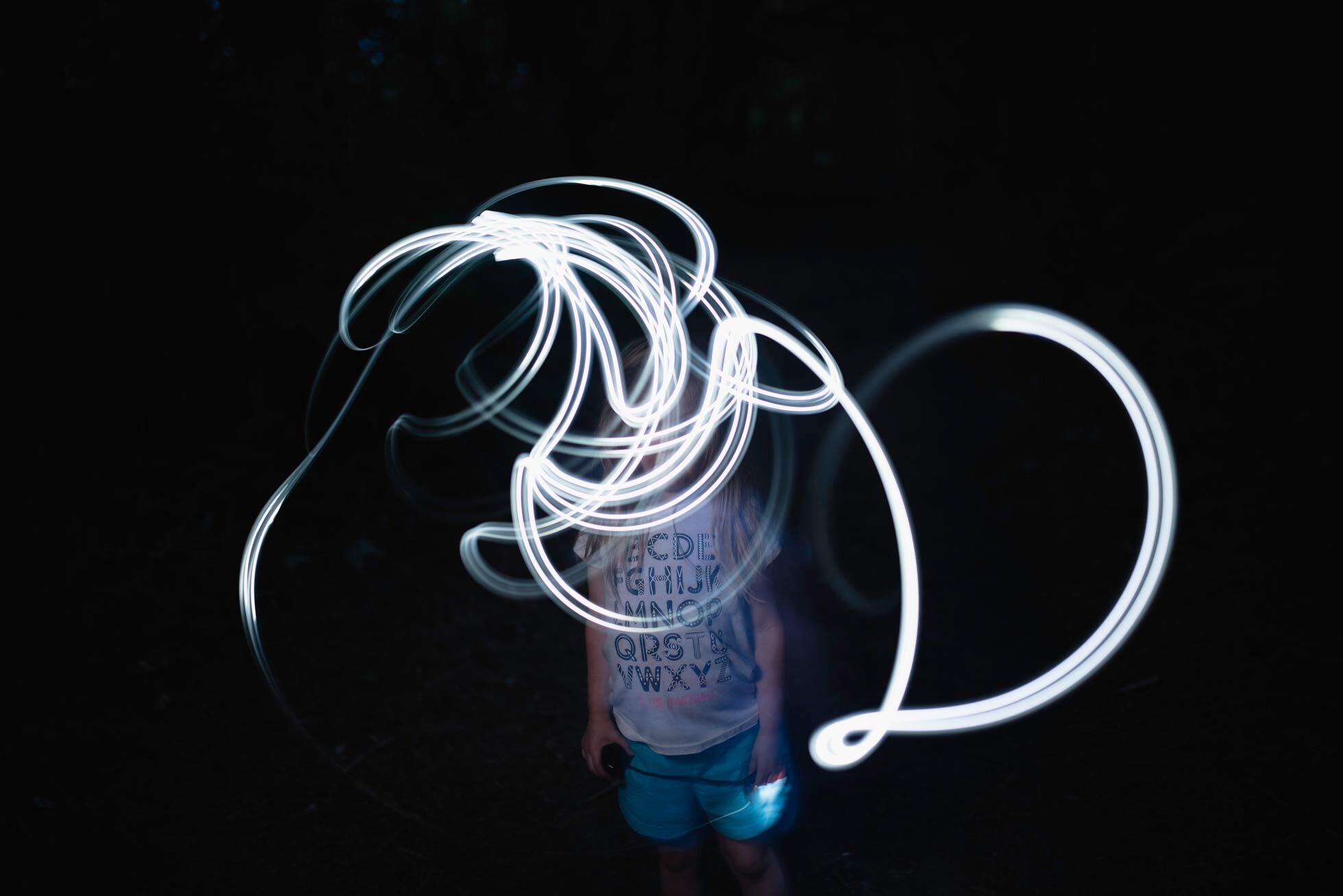So, I went to a garage sale at a used photography store in Indianapolis. It was pretty fun! They had lots of things that I am not well educated on, and lots of things I did not recognize. Lots of old film cameras. I regret not picking one of those up just to try out. But at least if I have the need to use film, I have my Diana F Lomography camera. Ooo, maybe I will use that soon and blog about it! Anyhow, I did pick up a couple of old lenses. The first one is a Hanimex 28mm f2.8 lens. It is not a fancy lens. In fact, it is credited with being the worst lens ever! Hanimex was an Australian distributor that produced several lens mounts to many different camera systems around the 60’s or 70’s. (The time was a tough one to find so take that with a grain of salt.) But I wanted something that I could freelens with that would be super cheap. I have found that when you close down the aperture you get a really fun hexagonal lens flare! It’s a manual lens which is good, so that I don’t have to tape open the shutter when freelensing. (Which you have to with Nikon lenses as the shutter is usually automatically closed on an automatic lens.) So worst lens ever? Meh! I like it to get me out of a creative slump. Sometimes just trying something new can help me get into a more creative mind set.
I also got a Vivitar Series 1 28-90mm Macro lens. It is also known as the “stovepipe” due to its long profile with a wide front end. Makes perfect sense. It really does look like a stovepipe, and it is heavy!
This one is kind of in rough shape. The aperture gets stuck, and I end up having to completely guess on my exposure. I might have to take it apart and see if I can repair it. It was not costly, so it is very low risk working on it. It also has a fun lens flare. You can see in my photos that there are several little orbs. So, this was a fun experiment as well!
These two lenses are very different from what I have! I just thought I would share some of my fun experimentation’s with them. Do you have any vintage lenses? Feel free to share some photos with me if you do!
Thanks for reading.
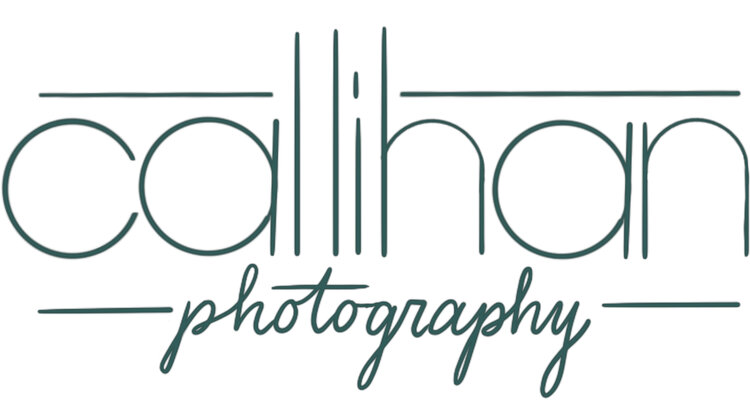


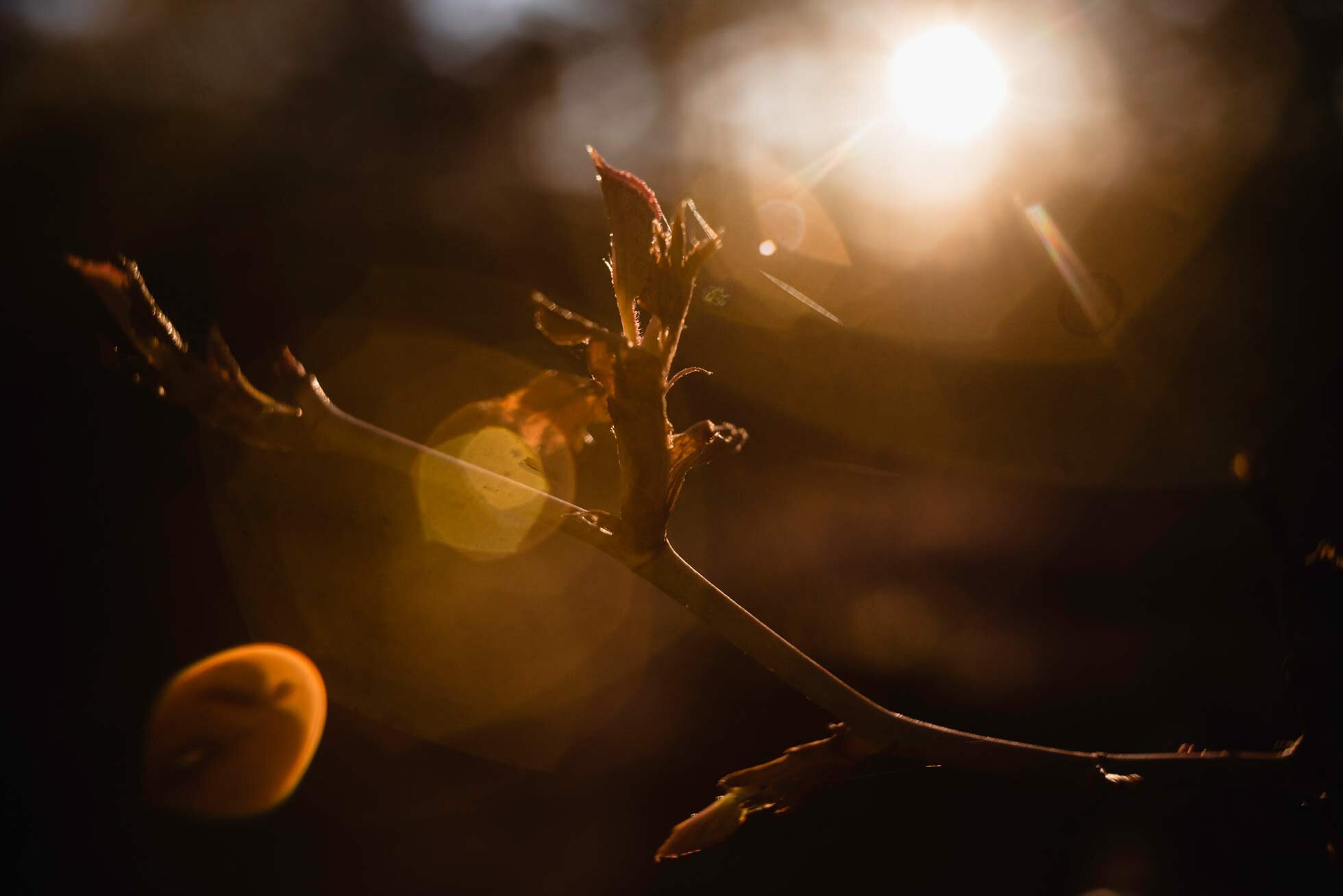

![IMG_0053[2923].jpg](https://images.squarespace-cdn.com/content/v1/5c81d361ab1a6260d3230723/1584489222300-B6GITLNKAGUX6LE7XZDB/IMG_0053%5B2923%5D.jpg)

















